buying guides
Latest about buying guides
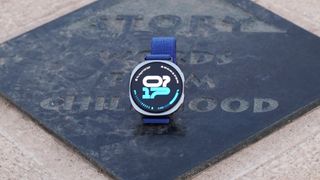
We tested the best LTE smartwatches and these are the picks you need to check out
By Michael L Hicks last updated
Always connected If you depend on your wearable for just about everything, you may benefit from an LTE smartwatch. So, we've rounded up some of the best options.
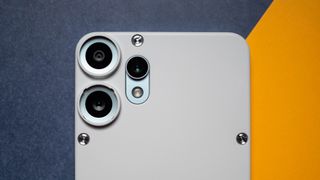
Best Android phones with SD card slot
By Namerah Saud Fatmi last updated
MOAR STORAGE Looking for the best Android phones with expandable storage for all your movies, music, games, apps, and files? You've come to just the right place.
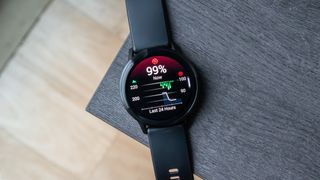
Best smartwatches that can measure blood oxygen saturation levels
By Michael L Hicks last updated
SpO2 monitor If you want a watch that measures your blood oxygen saturation levels with plenty of other great perks, these are the best ones you can buy right now.
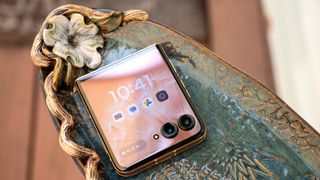
Best flip phones
By Namerah Saud Fatmi last updated
Flippin' fabulous! Fold your smartphone in half without breaking it. These fantastic flip phones make the impossible, possible.

Best Motorola phones 2026
By Derrek Lee last updated
Hello Moto! Here are the best Motorola phones you should consider if you're planning to buy a new phone. From budget options to foldables, there are many choices.

I've tested over 50 Chromebooks, and these are the devices you should buy in 2025
By Andrew Myrick last updated
(Chrome)book smart Chromebooks are great for just about any use, whether you want them for a home office or school work. These are the best Chromebooks out right now.
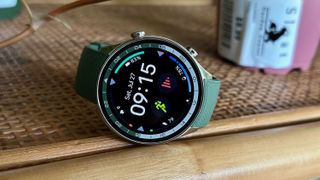
Best cheap smartwatch for Android 2025
By Michael L Hicks last updated
Affordable wearables Looking for a cheap, reliable Android watch? These are our suggestions, from affordable Wear OS models to low-priced fitness watches from Garmin and Fitbit.
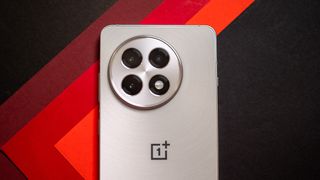
Call off the search - these are the best cheap Android phones on the market today
By Nicholas Sutrich last updated
Affordable and awesome Want to save as much cash as possible when getting a new phone? I'm here to help you find the best cheap Android phones for all your requirements.

Best Chromebooks for students 2025
By Andrew Myrick last updated
For the classroom! Check out some of the best Chromebooks for students. These include options for elementary school kids, those just starting college, and everyone else.

Which Android phone has the best camera? What I found after testing dozens of devices
By Ted Kritsonis last updated
sharp shooters Android phones have amazing cameras, but some phones do the job better than others. Whether you have pets or children or want to zoom way in, we've got the best picks for you.
Get the latest news from Android Central, your trusted companion in the world of Android
